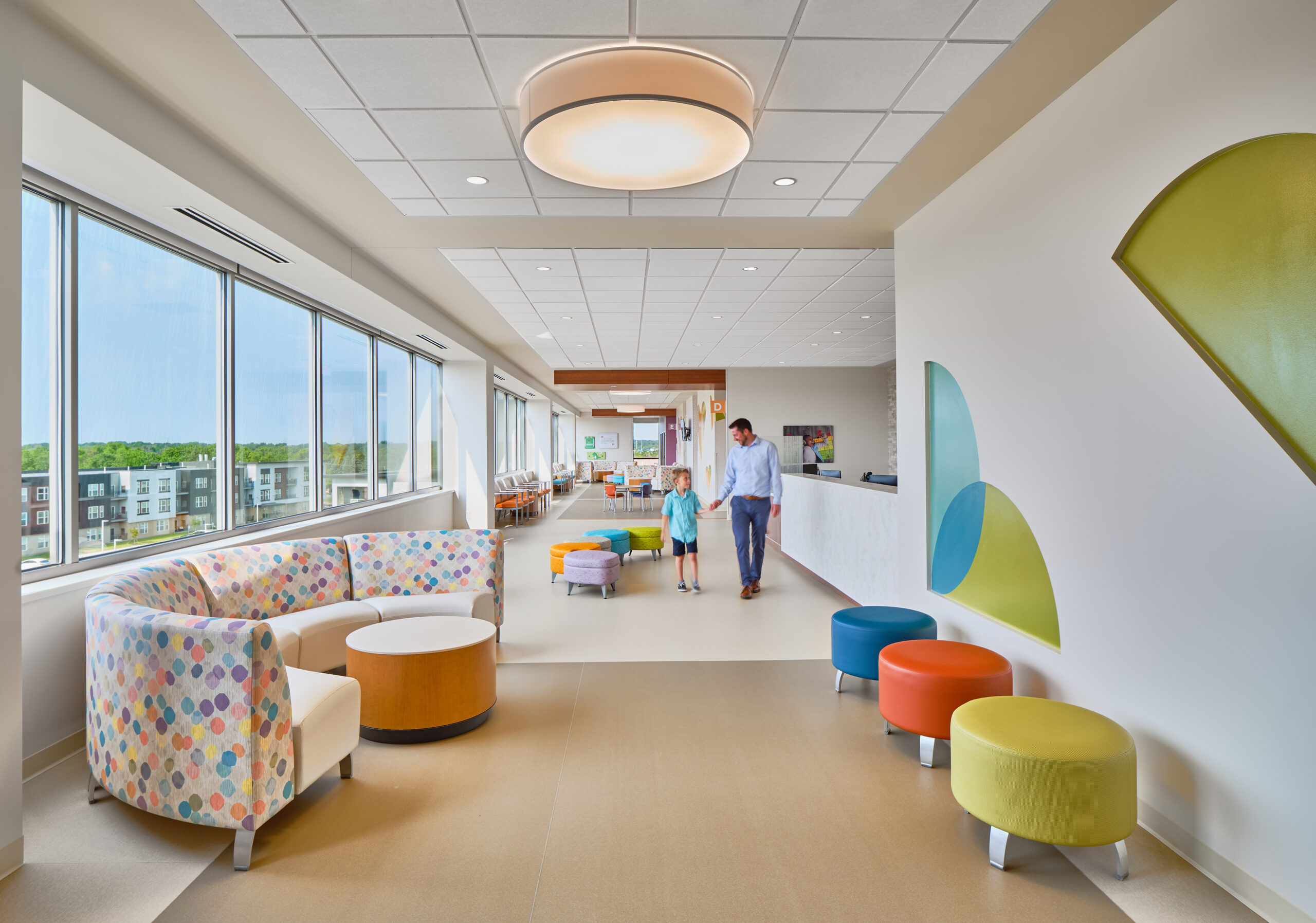 CLOVIS, Calif. — To accommodate growth in the community, Clovis Community Medical Center is in the process of tripling its size to 739,000 square feet by using a multiphase construction process while the facility remains fully operational.
CLOVIS, Calif. — To accommodate growth in the community, Clovis Community Medical Center is in the process of tripling its size to 739,000 square feet by using a multiphase construction process while the facility remains fully operational.
HGA, with offices in Sacramento, Calif., is the architect collaborating with the general contractor, Clark Construction Group with offices in Oakland, Calif., on the project.
“When we’re talking about multiphase design, we have to figure out what the final outcome needs to be and we have to work backwards, keeping the facility 100 percent operational while we’re building,” said HGA Architect Richard Tannahill, AIA. “We built on four sides of the existing hospital; we built the expansion around the hospital so we could build new services before shutting down the existing services. The trick here was providing access to the public while we’re building completely around the facility. They had to maintain the existing hospital and full operation as we’re building around the perimeter.”
The first phase of construction took about 2.5 years and was completed in November 2012. It included the now noteworthy five-story, 113,000-square-foot bed tower, which features 120 private patient rooms and a 24-bed Intensive Care Unit. The expansion of the diagnosis and treatment area included a surgical department, an emergency department and surgery-imaging department.
Since the bed tower and expansion opened, the hospital moved existing services into the new spaces, while the construction team began converting the original bed tower into a Women’s Pavilion, which provides services for women and children’s needs. According to Tannahill, the team is also currently renovating the pharmacy and cath lab, and is putting in a new PACU.
In terms of green building elements, the construction project includes replacing all existing mechanical systems with more efficient ones and adding steam boilers to the facility, which is a huge savings on the energy loads. Other elements include recycled building materials, lighting control systems and diversion of construction waste from landfills.
The biggest challenge, according to Tannahill, has been simply constructing the building while continuing hospital services. “I have never been on a project where you basically enveloped the existing building and kept it operational while building around it,” he said.
One challenge, for instance, was keeping access to the emergency department open. The construction team had to build tunnels in order to accomplish that. “We worked [with the hospital] to provide access as they needed it. We had to make sure it was 100 percent code compliant and legal along the way; it doesn’t matter if it’s temporary,” Tannahill said.
With a multiphase design as extensive as this one, there are several key points to consider, Tannahill suggested:
• Hospital Layout. The current layout will determine how and in what order to build, as the existing location of services will likely move throughout the process.
• Points of Access. In order to accommodate emergencies in a hospital setting, entrances and evacuation routes are still imperative to keep a building operational. If construction occurs on the emergency entrance, for example, other temporary access points must be built.
• Utility Routing. Any new utility routes need to be built first before removing existing ones in order to keep hospital services up and running. Tannahill suggested overhead routing as an alternative to temporary services.
• Preconstruction Services. Tannahill stressed the importance of having the general contractor’s involvement early on in the design of a multiphase project. “Having it designed before eliminates headaches,” he said.
Since the completion of the new bed tower, it has become somewhat of an icon for the community, as it is one of the taller buildings in the city, said Tannahill. “It’s a building that they can be proud of as a community, and it’s very functional,” he said. “The layout is a triangle shape, and a lot of work went into the design to make sure there is a smooth flow for patients and minimal disruption to the facility.”
The completion of the last phase of the project is scheduled for January 2014.





